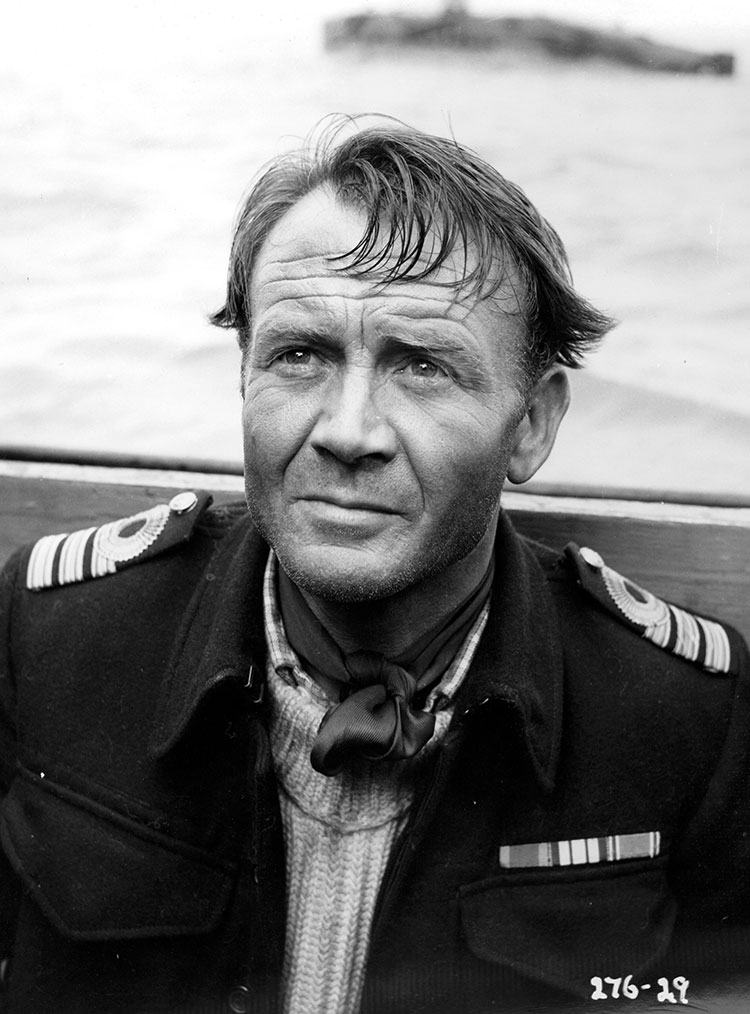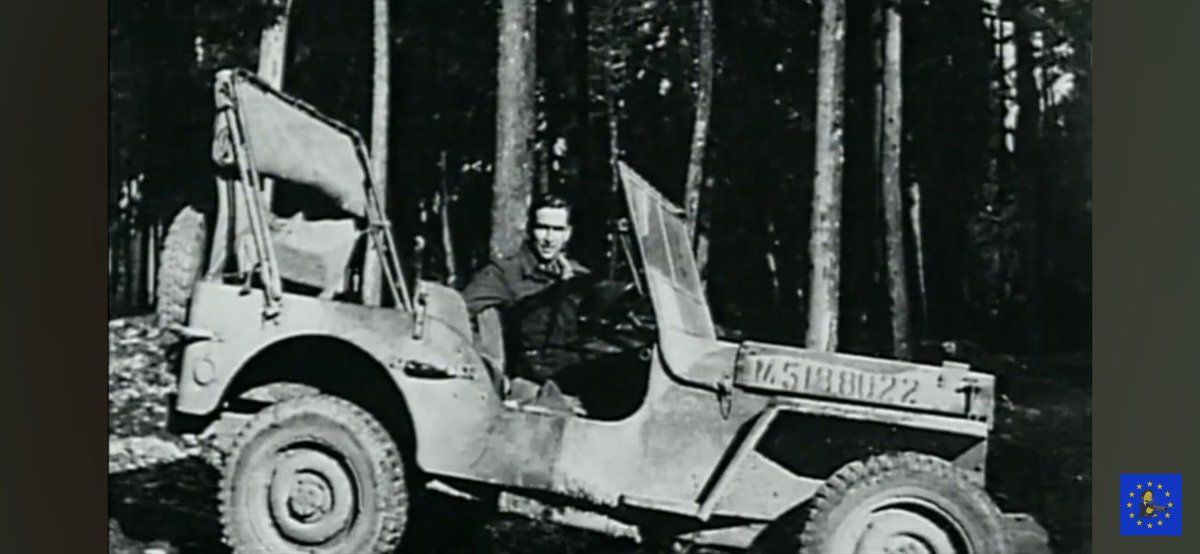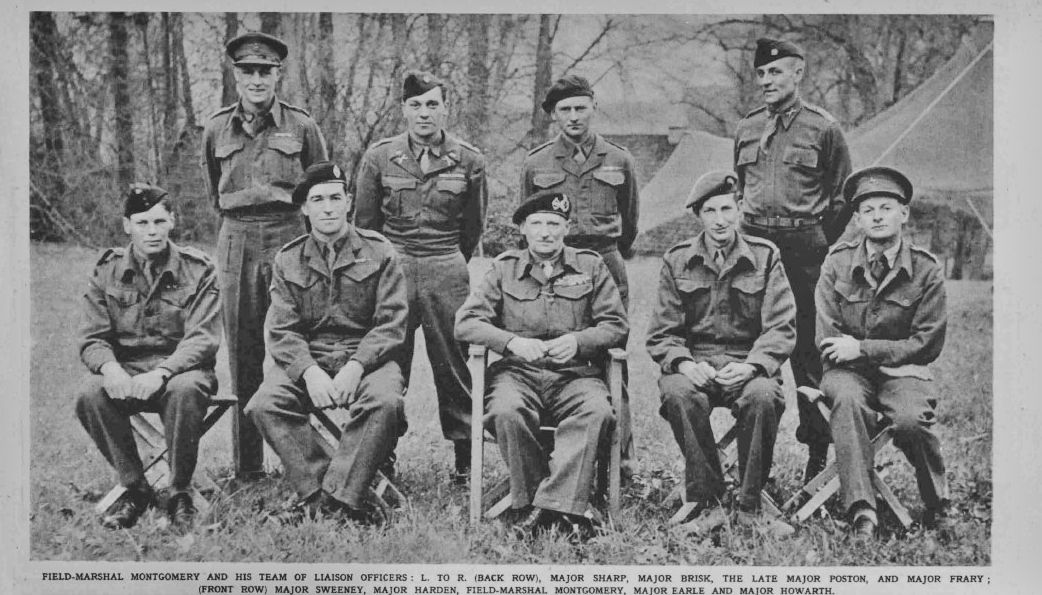80 years ago today, WE DIVE AT DAWN hit UK cinemas. A look at HM Submarines at war, this put British submariners centre stage, but it isn't the only depiction of the silent service on the silver screen...
🧵 1/11
🧵 1/11

WE DIVE AT DAWN (1943) includes scenes of domestic life and boys' own adventure, but it was nautical realism that mattered to star John Mills.
He wanted to know what it felt like when a submarine crash-dived for real. He got his wish, turning green in the process.
🧵 2/11
He wanted to know what it felt like when a submarine crash-dived for real. He got his wish, turning green in the process.
🧵 2/11
This real-life experience and a believable set gave the film an air of authenticity, something shared by another 1943 releae, CLOSE QUARTERS.
A documentary feature, it received relatively little popular attention.
🧵 3/11
A documentary feature, it received relatively little popular attention.
🧵 3/11

Both films matter as until then, RN subs had been underrepresented on screen.
Films such as 49TH PARRALLEL (1941) and THE SILVER FLEET (1943) had featured U-Boats but focused on the Kriegsmarine. They were fictional, but one factual operation inspired two #WW2 films...
🧵 4/11



Films such as 49TH PARRALLEL (1941) and THE SILVER FLEET (1943) had featured U-Boats but focused on the Kriegsmarine. They were fictional, but one factual operation inspired two #WW2 films...
🧵 4/11




Operation Source was the inspiration for ABOVE US THE WAVES (1955).
Focused on midget submarines hunting a German battleship, the film gave John Mills another opportunity to command a sub and portrays tension through close ups in claustrophobic confines.
🧵 5/11

Focused on midget submarines hunting a German battleship, the film gave John Mills another opportunity to command a sub and portrays tension through close ups in claustrophobic confines.
🧵 5/11


James Caan's attempt to do the same in SUBMARINE X-1 (1968) is less convincing, though in fairness, neither film promises to be a faithful recreation on the attack on Tirpitz in September 1943.
Caan isn't the only American taking the lead on submarine films, though...
🧵 6/11

Caan isn't the only American taking the lead on submarine films, though...
🧵 6/11


It is the US, rather than the Royal Navy, which really dominates this war movie subgenre.
That's true of #WW2 - where films range from U-571 (2000) to OPERATION PETTICOAT (1959) - but the dominance extends into the #ColdWar.
🧵 7/11

That's true of #WW2 - where films range from U-571 (2000) to OPERATION PETTICOAT (1959) - but the dominance extends into the #ColdWar.
🧵 7/11


Here, submarines often become the potential triggers for nuclear war, as US and Russian commanders take the focus.
Roger Moore's attempts to keep the British end up in THE SPY WHO LOVED ME (1977) had little cut through against this, though there is a UK exception...
🧵 8/11

Roger Moore's attempts to keep the British end up in THE SPY WHO LOVED ME (1977) had little cut through against this, though there is a UK exception...
🧵 8/11


When it comes to British submarine dramas, it seems that nobody does it better than John Mills.
In 1950, he was given command of the ill-fated HMS Trojan in MORNING DEPARTURE. The submarine is lost in a film which became closer to reality than anyone had imagined...
🧵 9/11

In 1950, he was given command of the ill-fated HMS Trojan in MORNING DEPARTURE. The submarine is lost in a film which became closer to reality than anyone had imagined...
🧵 9/11


On the night of 12th January 1950, HMS Truculent stuck a tanker in the Thames estuary and sank. 64 men were lost.
The incident happened shortly before MORNING DEPARTURE was set for release, something that only happened after much debate and the addition of a tribute.
🧵 10/11

The incident happened shortly before MORNING DEPARTURE was set for release, something that only happened after much debate and the addition of a tribute.
🧵 10/11


The decision was vindicated, and Mills - who considered the film one of his best - received letters of thanks from the families of those lost on Truculent.
A timely reminder of the dangers submariners face and the wisdom in Mills' earlier demands to get films right.
🧵 11/11
A timely reminder of the dangers submariners face and the wisdom in Mills' earlier demands to get films right.
🧵 11/11

When it comes to the @RoyalNavy, what's your definitive deep see depiction?
• • •
Missing some Tweet in this thread? You can try to
force a refresh





























